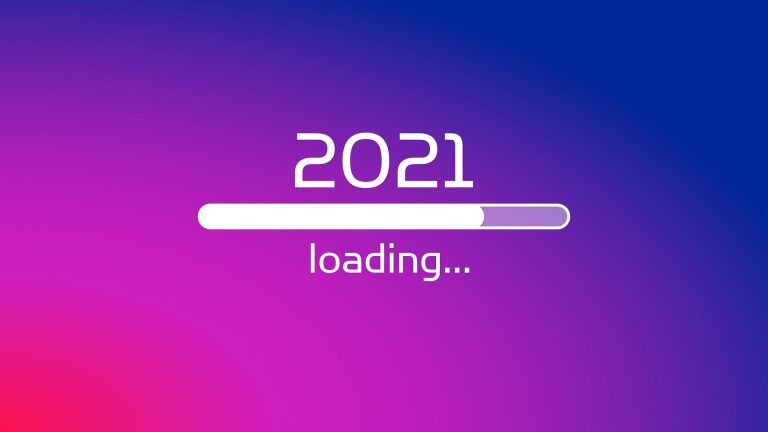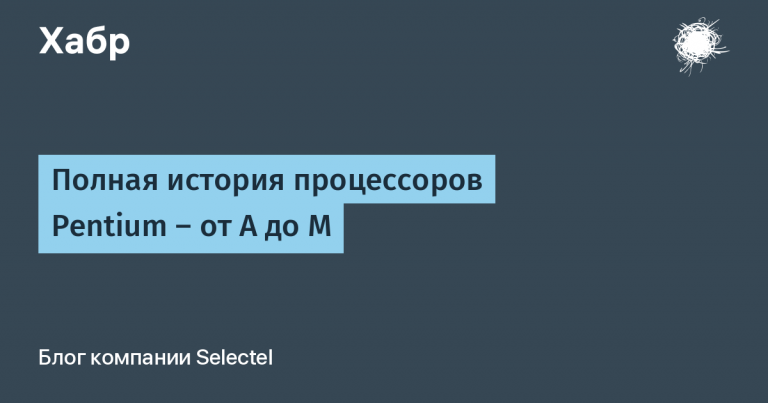How to test product hypotheses with sprints?


Article author: Dmitry Kurdyumov
Participated in Agile transformations in the largest companies in Russia (Alfa Bank, MTS, X5 retail group), with international experience in a startup abroad.
Introduction
Product development requires a systematic and structured approach to identify and test hypotheses. One of the effective methods for testing product hypotheses is the use of sprints. Sprints offer the team the ability to quickly prototype, test, and discard unwanted ideas, providing more confident decisions based on data and user feedback. In this article, we will look at how to use sprints to test product hypotheses.
Step 1: Defining the Product Hypothesis
Before starting a sprint, you need to clearly define the product hypothesis you want to test. The hypothesis must be specific, measurable, and focused on solving a specific problem or achieving a goal. For example, a hypothesis might be: “Adding feature X will increase user satisfaction and increase conversions by 15%.”
Step 2: Sprint Planning
Sprint planning involves defining goals and tasks to be completed within a specific time period (usually 1-2 weeks). The team must determine what steps and experiments need to be carried out to test the hypothesis. For example, this might include developing a prototype of feature X, creating a test group of users, defining metrics to measure success, and actually running the experiment itself.
Step 3: Prototyping and Development
During a sprint, we usually build and test a prototype or a “cheap” MVP (Minimum Viable Product) to test a hypothesis. A prototype can be a simple interface that demonstrates major features or potential changes to a product. The development during the sprint should be focused on creating the minimum required functionality to test the hypothesis.
Step 4: Testing with Users
One of the key components of the sprint is testing the product with real users. Select a group of representative users who can evaluate and provide feedback on the prototype or MVP. Give them access to the product or conduct user interviews to get qualitative data about their experiences, needs, and concerns about the product hypothesis. It is important to ask open-ended questions in order to get useful and detailed answers.
Step 5: Data analysis and feedback
The collected data and feedback from users should be analyzed and evaluated in the context of the product hypothesis. Use the metrics identified during the sprint planning phase to measure the effectiveness and success of a prototype or MVP. User feedback can also help identify additional improvements or changes that may affect results.
The most popular test that allows you to compare Before and After metrics is A/B.
A/B testing, or split testing, is a method of comparing two or more variants (groups) of a product, feature, or user interface element. It allows you to evaluate which option is more effective based on data and user behavior.
Step 6: Iterate and Repeat
Based on data analysis and feedback, the team must decide whether to continue to develop and improve the product based on the hypothesis, or to revise it. If the results of the sprint confirm the hypothesis and show positive results, the team can move on to the next iteration of development, adding new features or improvements. If the results do not meet expectations or the hypothesis is not confirmed, the team should review the strategy and, if necessary, formulate a new hypothesis.
What composition of participants should be in the team to test hypotheses?
Product manager: He leads the team and determines the product strategy based on research. The product manager prioritizes and formulates hypotheses for further testing.
UX and UI designers: They are responsible for designing user experience and product interface based on research. Designers help create an attractive and intuitive user interface that meets the needs of users.
User Explorers: These are professionals who conduct user research, including observation, interviews, surveys, and data analysis. They help to understand user behavior, their needs and preferences, which is the basis for formulating hypotheses.
Data Analysts: They are engaged in the collection and analysis of data related to user behavior, the market and competitors. Analysts help the team extract valuable insights from the data and make informed decisions based on that data.
Marketers: They study the market and competitors, analyze trends and help determine the potential audience for the product. Marketers can also conduct market research and gather feedback from users to identify needs and requirements.
Developers: They can be involved in the discovery process to assess the technical complexity and the possibility of implementing the proposed ideas and hypotheses.
Stakeholders: Representatives of business or other functional areas can be included in the discovery team to ensure a complete understanding of the product goals and business needs.
It is important to remember that the composition of the discovery team may vary depending on the specific project, its scale and requirements. However, regardless of the composition of the team, it is important to ensure effective communication between the participants in order to maximize the potential and knowledge of each participant to achieve successful results.
Conclusion
Using sprints to test product hypotheses is an effective tool to quickly and systematically test iterations and ideas, reducing risk and improving development outcomes. However, it is important to remember that sprints should be well organized, have clear goals and objectives, and include active user interaction. This is the only way to achieve the best results and create a product that meets the needs and expectations of users.
For a more detailed analysis and launch of such sprints in your company, please contact directly telegram channel.
And now I want to recommend you free webinar “Life hacks for employment of a product manager.” You will learn how to write a resume and choose vacancies, how to prepare for an interview. You will understand how to write a resume and cover letter correctly, learn how to prepare for an interview and see resume analyzes.





